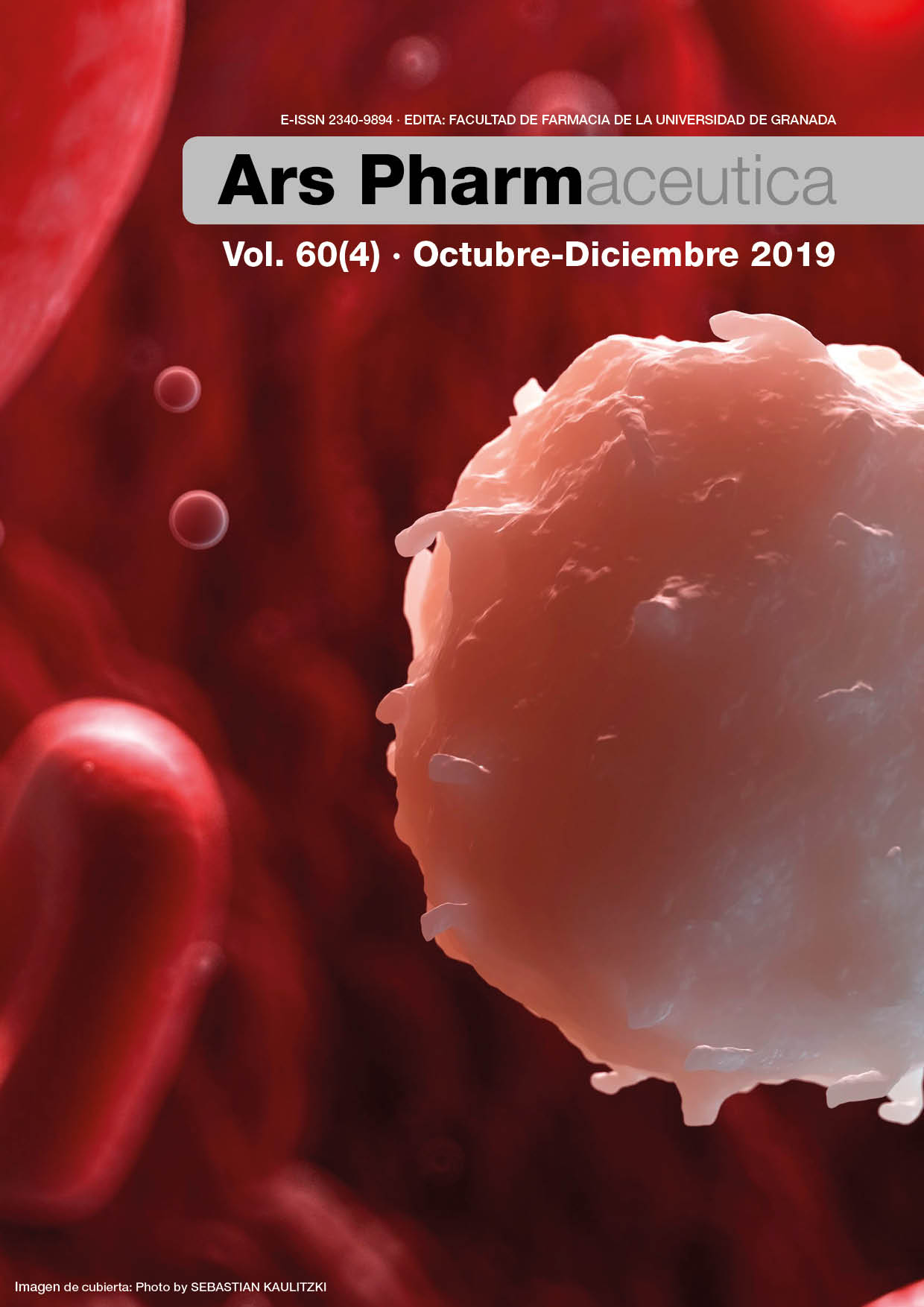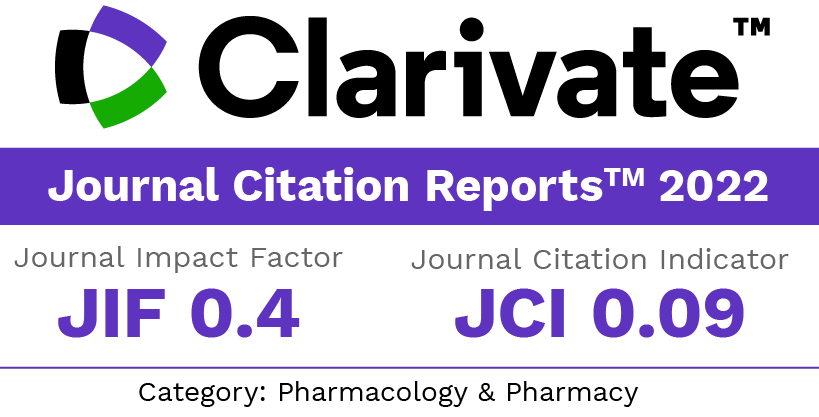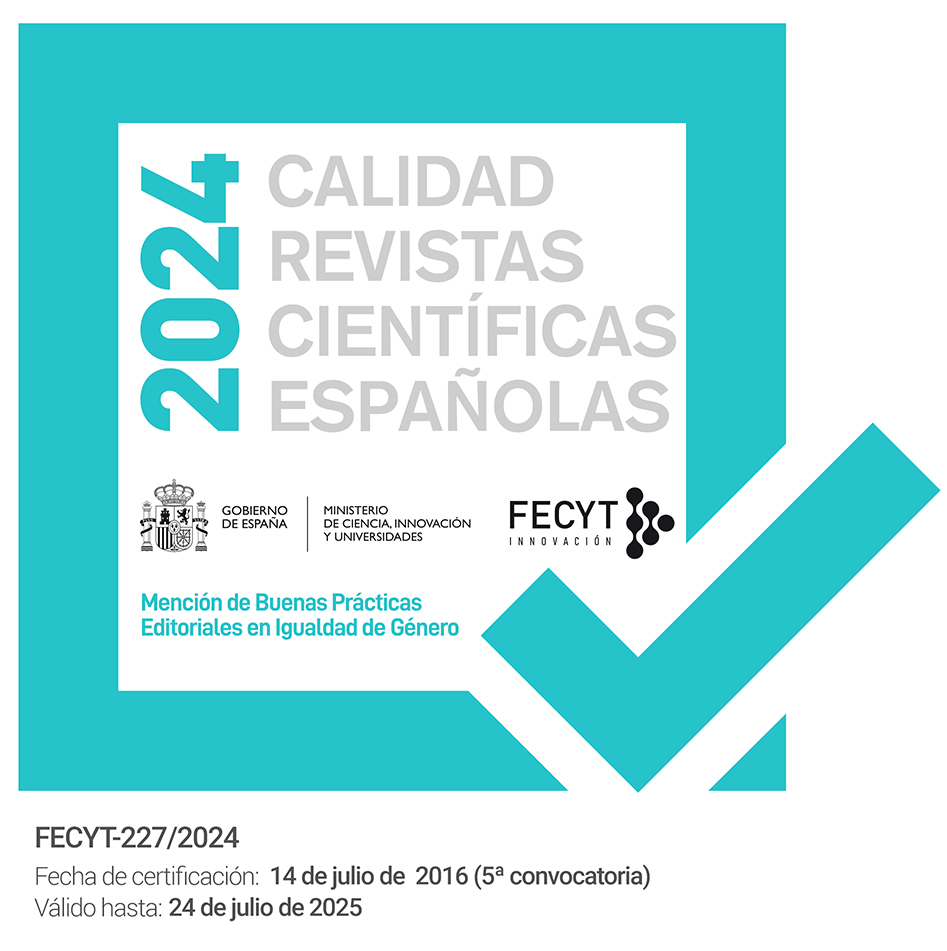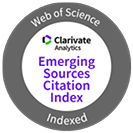The radioprotective effect of a wheat germ diet on rat myocardial tissue exposed to X-rays
DOI:
https://doi.org/10.30827/ars.v60i4.10226Keywords:
Triticum, X-Rays, heartAbstract
Introduction: To determine whether a diet of wheat (Triticum aestivum) germ has a radioprotective effect on albino rat (Rattus rattus var. Albinus) myocardial tissue.
Method: Rats between 200 and 250 g were divided into 4 groups of 6 each: Two groups were fed either a wheat diet or regular diet 16 days before and after a single exposure to 18 mSv of X-rays. The other two groups were fed the same diets but not exposed to X-rays. The animals were sacrificed, and heart tissue was submitted to histopathological study.
Results: Rats fed a standard diet and exposed to X-rays presented marked hyperemia of blood vessels, necrosis, presence of connective tissue fibrocytes, loss of muscle architecture and radial arrangement. Exposed rats fed a wheat diet presented with only light necrosis and the presence of fibrocytes. Rats not exposed to X-rays had healthy myocardia.
Conclusions: Wheat germ diet may have a radioprotective effect on rat myocardium.
Downloads
References
Soffia P, Ubeda C, Miranda P, Rodríguez JL. Radioprotección al día en radiología diagnóstica: Conclusiones de la Conferencia Iberoamericana de Protección Radiológica en Medicina (CIPRaM) 2016. Rev Chil Radiol. 2017;23(1):15–19.
World Health Organization (WHO). Department of Public Health, Environmental and Social Determinants of Health (PHE). Comunicación sobre los riesgos de la Radiación en la imagenología Pediátrica. 2016. Available from: http://www.who.int/ionizing_radiation/pub_meet/summary-es.pdf?ua=1
Taylor CW, McGale P, Povall JM, Thomas E, Kumar S, Dodwell D, et al. Estimating Cardiac Exposure From Breast Cancer Radiotherapy in Clinical Practice. Int J Radiat Oncol. 2009;73(4):1061–1068. doi: 10.1016/j.ijrobp.2008.05.066
Aune D, Keum NN, Giovannucci E, Fadnes LT, Boffetta P, Greenwood DC, et al. Whole grain consumption and risk of cardiovascular disease, cancer, and all cause and cause specific mortality: systematic review and dose-response meta-analysis of prospective studies. BMC Med. 2016;14(1):1–14. doi: 10.1136/bmj.i2716
Valenzuela R, Tapia G, González M VA. Omega-3 fatty acids (EPA and DHA ) and its applications in diverse clinical situation. Rev Chil Nutr. 2011;38:356–367.
Carrero J, Martín-Bautista E, Baró L, Fonollá J, Jiménez J, Boza J LE. Cardiovascular effects of omega-3-fatty acids and alternatives to increase their intake. Nutr Hosp. 2005;20(1):63–69. Available from: http://www.ncbi.nlm.nih.gov/pubmed/15762422
Hoyos M, Flores P. Tipos de Radiación, Aplicaciones, Beneficios y Riesgos. Rev. Act. Clin. Med [ediciòn electrónica]. 2013 [cited 2019 Ago 04]. Available from: http://www.revistasbolivianas.org.bo/scielo.php?script=sci_arttext&pid=S2304-37682013001000003&lng=es.
Almén A, Lundh C, Bath M. Challenges assessing radiation risk in image-guided treatments - Implications on optimisation of radiological protection. Journal of Radiological Protection. 2018;38(3):1064–1076. doi: 10.1088/1361-6498/aacc83
Fernandez-Gil B, Abdel Moneim AE, Ortiz F, Shen YQ, Soto-Mercado V, Mendivil-Perez M, et al. Melatonin protects rats from radiotherapyinduced small intestine toxicity. PLoS One. 2017;12(4):1–21. doi: 10.1371/journal.pone.0174474
Fuentes L, Felipe S, Valencia V. Efectos biológicos de los Rayo-X en la práctica de Estomatología. Rev Habanera Ciencias Médicas.2015;14(3):337–347.
Pérez-Ruíz JM. Impact of nutritional assessment in patients with heart failure. Nutr Hosp. 2017;34(6):1265–1266. doi: 10.20960/nh.1677
Marín-Tello C, Guevara-Vásquez AM, Mejía D, Sánchez C, Lombardi-Pérez C. Efecto de Triticum aestivum (trigo) sobre la arquitectura de los hepatocitos de Rattus rattus var. albinus irradiados con Rayos X. Pharmaciencia. 2013;(1):16–23.
Rosero-Salazar D, Ortiz-Salazar M S-ML. Miocardiocitos conducentes ventriculares. Univ y Salud. 2015;17(2):262–70.
Ramírez ME, Rojas M. La necrosis, un mecanismo regulado de muerte celular. Iatreia. 2010;23(2):166–177.
Bialostozky D, Rodríguez-Diez G ZC. Apoptosis detection in cardiovascular diseases through nuclear cardiology spect images. Arch Cardiol Mex. 2008;78(2):217–28.
Fuchs-Tarlovsky V, Bejarano-Rosales M, Gutiérrez-Salmeán G, Casillas Mª, López-Alvarenga J, Ceballos-Reyes G. M. Effect of antioxidant supplementation over oxidative stress and quality of life in cervical cancer. Nutr. Hosp. 2011;26(4):819-826. doi: 10.3305/nh.2011.26.4.4894
Abilés J, Moreno-Torres R, Moratalla G, Castaño J, Abúd RP, Mudarra A, et al. Effects of supply with glutamine on antioxidant system and lipid peroxidation in patients with parenteral nutrition. Nutr. Hosp. 2008;23(4):332-339.
Fischer N, Seo E-J, Efferth T. Prevention from radiation damage by natural products. Phytomedicine. 2018;47:192–200. doi: 10.1016/j.phymed.2017.11.005
Kim W, Kang J, Lee S, Youn B. Effects of traditional oriental medicines as anti-cytotoxic agents in radiotherapy. Oncol Lett. 2017;13(6):4593–4601. doi: 10.3892/ol.2017.6042
González-Pumariega M, Fuentes-León F, Vernhes M, Schuch AP, Martins CF, Sánchez-Lamar Á. El extracto acuoso de Cymbopogon citratus protege al ADN plasmídico del daño inducido por radiación UVC. Ars Pharm. 2016; 57(4): 193-199
Marín-Tello C, Matos-Deza L, Aliaga-Arauco J, Lombardi-Pérez C, Castañeda-Marín E, Rengifo-Penadillos R, et al. Lepidium meyenii (maca) and the cerebral stimulation for mobile phones: some answers in an animal model. 3rd International Brain Stimulation Conference. Brain Stimul 2019;12(2):555. doi: https://doi.org/10.1016/j.brs.2018.12.835
Schultz-Hector S, Klaus-Rüdiger T. Radiation-induced cardiovascular diseases: Is the epidemiologic evidence compatible with the radiobiologic data? Int. J. Radiation Oncology Biol. Phys. 2007;67(1):10–18.
Luna J, Amaya E, de Torres M.ªV, Peña M.ªC, Prieto I. Nutrientes y radioterapia; revisión de la literatura. Nutr Hosp. 2015;32(6):2446-2459. doi: 10.3305/nh.2015.32.6.9596
MINISTERIO DE SALUD. “Tablas Peruanas de composición de los Alimentos.” Lima Perú; 2017. 1–146 p.
Castro I. Cytogenetic indicators for the identification of ionizing radiation exposure in humans. Acta med costarric. 2013;55(3):110–117.
Published
How to Cite
Issue
Section
License
Copyright (c) 2019 María Esther Bayona Caballero, Judith Alayo Zavaleta, César Leopoldo Lombardi Pérez, Carmen Luisa Marín Tello

This work is licensed under a Creative Commons Attribution-NonCommercial-ShareAlike 4.0 International License.
The articles, which are published in this journal, are subject to the following terms in relation to the rights of patrimonial or exploitation:
- The authors will keep their copyright and guarantee to the journal the right of first publication of their work, which will be distributed with a Creative Commons BY-NC-SA 4.0 license that allows third parties to reuse the work whenever its author, quote the original source and do not make commercial use of it.
b. The authors may adopt other non-exclusive licensing agreements for the distribution of the published version of the work (e.g., deposit it in an institutional telematic file or publish it in a monographic volume) provided that the original source of its publication is indicated.
c. Authors are allowed and advised to disseminate their work through the Internet (e.g. in institutional repositories or on their website) before and during the submission process, which can produce interesting exchanges and increase citations of the published work. (See The effect of open access).























